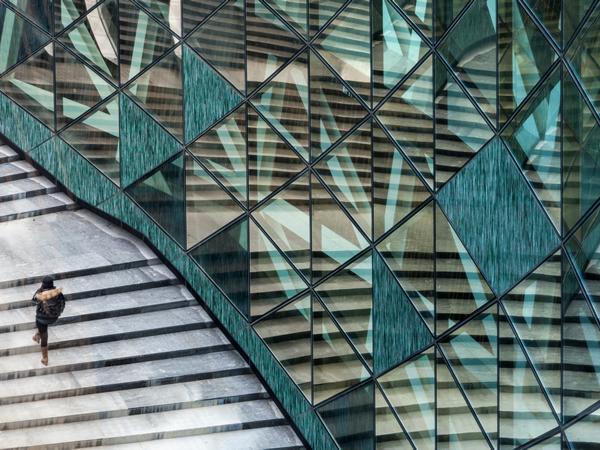
By 2035, around 75 percent of all buildings will be either new or renovated, reports the non-profit organization Architecture 2030. Most of these buildings will be assessed in national or international systems. The objective is for your building to achieve the highest rating from the environmental assessment method in your country.
These rating systems consider greenhouse gas emissions, water pollution and a range of different impacts for each material used in the building. The list is long.
Aluminium systems can improve building ratings
When it comes to aluminium, factors such as the availability of recycled content and the type of energy used in the extraction process are among the environmental impacts considered. The versatility of the metal, and its inherent properties, can contribute in structure, enclosure and permanently installed building elements.
Aluminium systems can improve building ratings through:
- Energy performance
- Acoustic performance
- Renewable energy production
- Thermal comfort
- Optimization of daylight
- Raw material sourcing
- Material ingredients
- Innovation
Aluminium is low-maintenance and structurally strong
Architects can be more creative when using flexible materials. Aluminium works well alone or with other building materials. Its combination of light weight and high strength provide design freedom. The metal is fully recyclable.
Environmental Product Declarations (EPDs) also support the choice of aluminium as a material for buildings. An EPD covers the life cycle of the building product, and it is verified by an independent third party.
Thanks to its properties, aluminium will keep contributing to the energy performance, safety and comfort of new buildings as well as the renovation of existing ones.

